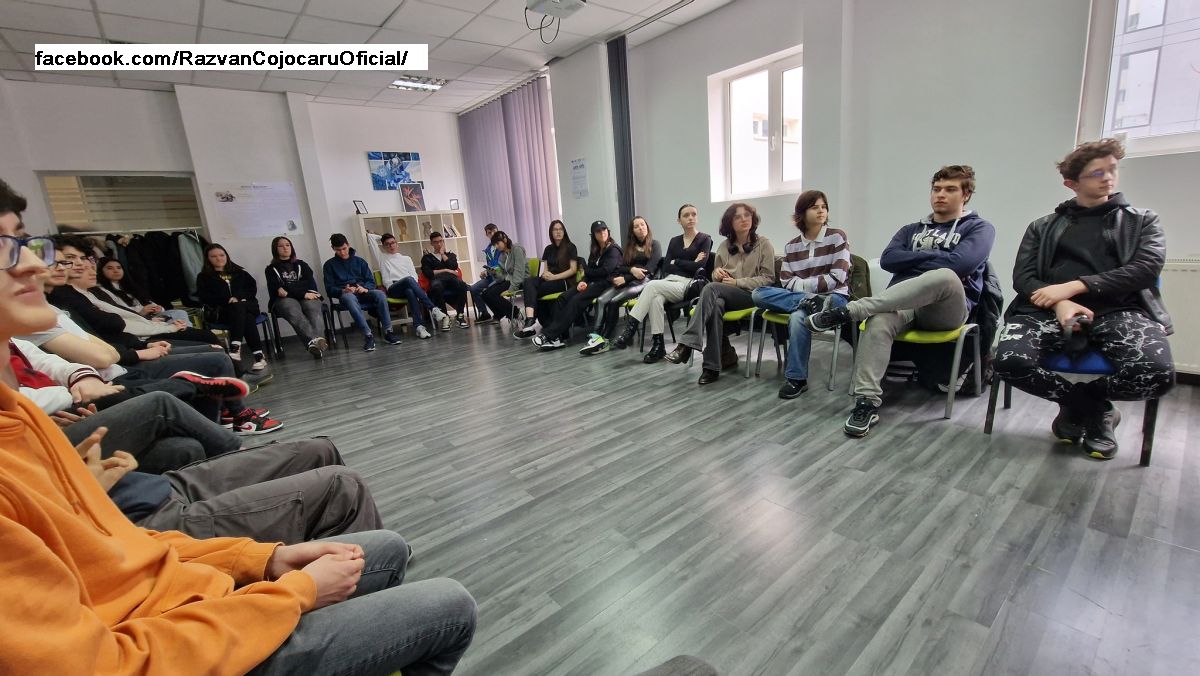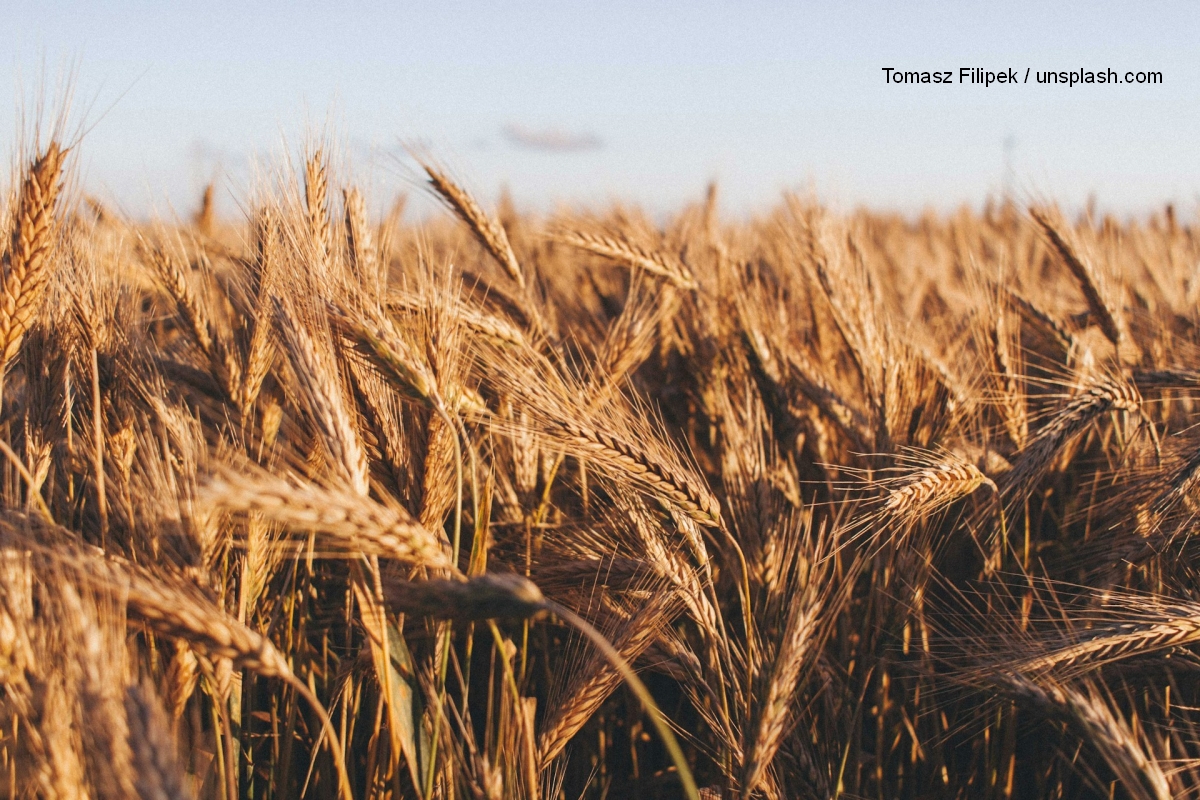More than hats
The Darvas-La Roche House in Oradea played host to a special exhibition
Warning: Trying to access array offset on null in /home/web/rri.ro/public/wp-content/themes/rri/template-parts/content.php on line 53

Warning: Trying to access array offset on null in /home/web/rri.ro/public/wp-content/themes/rri/template-parts/content.php on line 98
Ana-Maria Cononovici,
26.04.2022, 14:00
Today the hat might be an accessory with obsolete
undertones, but in the previous century it was a sign of prestige and honor,
carrying countless symbols, decoded and understood by all the members of the
community. The exhibition titled The hat – accessory, elegance and message in
interwar Brașov has also reached Oradea. Beyond the fact this is traveling
exhibition, it is now hosted in one of the architectural jewels of the city -
the Darvas-La Roche House. We spoke about the exhibition with Bogdana Balmuș, head of public relations
at the Ethnography Museum of Brașov:
The one who came up with the idea is Oana Țigănuș, our colleague,
who is very passionate about her work. She graduated the Fine Arts Faculty and,
since she works for the Ethnography Museum of Brașov, being surrounded by approximately 35,000
exhibits, it isn’t hard to come up with such a beautiful idea, turning it into
an exhibition created with love and passion for the people.
The curator of the exhibition invites the guests to
travel back in time, recreating the atmosphere of the interwar period, when
fashion standards regarding hats and clothing accessories were very much in
line with the norms in Western Europe. Moreover, people can also discover a
selection of hats that are iconic of the period. The exhibition also includes a
unique selection of items, also recreating the workshops of the period’s
hat-makers and fashion designers.
This is not just a temporary exhibition, but also a
traveling one, as Bogdana Balmuș, head of public relations at the Ethnography Museum in Brașov.
The exhibition ‘The hat – accessory, elegance and
message in interwar Brașov’ reached Oradea and is hosted by the Darvas-La Roche
House, in a very special setting. This exhibition was organized at first at the
Museum of Urban Civilization in Brașov,
at the end of last year, when it enjoyed remarkable success. If you ever visit
Oradea, you are invited to come see it! You will discover this symbol, the hat,
whih in previous centuries conveyed a very powerful message. You will discover
a tone of elegance and refinement. Whenever you met someone and see them
wearing a specific hat, made from certain materials, of a specific brand, this
would clearly tell you the social status of the person wearing it and with whom
you were about to engage in conversation.
The exhibition can be visited until the end of June,
2022, at the Darvas-La Roche House in Oradea, which opened its gate to the
public as the first Art Nouveau Museum in Romania in August 2020.
We asked Bogdana Balmuș if the hats on display are original:
Part of them are, they belong to the Ethnography
Museum in Brașov, whereas others are
from private collections, they were borrowed to be put on display. This is why
you are invited to come see them. The museum also has an area where you are
free to try on the hats specially recreated after models that were in fahsion
in the early 20th century, designed by Cristina Dragomir. You can take pictures
and thus leave with a very lovely memory of this exhibition.
By immortalizing the moment,
visitors not only leap through time, but also create a fond memory of the
museum. At the end of their visit, they can also get a surprising prize.
A Straw Hat Museum was opened in
2001 in Crișeni, Harghita County, an initiative carried
through by Lajos Szőcs, whose family has been manufacturing straw hats for
nearly three generations. The museum was opened in a renovated traditional
peasant house, and the exhibition was set up with support from the Harghita
County Cultural Center. The first room displays a wide variety of straw hats
from across the country. The room in the middle contains various day-to-day
objects and decorations, whereas the last room presents the technology used in
manufacturing hats, from harvesting straws to making the hat itself. It is also
here that guests can try on the biggest straw hat in the country with a
diameter of 2 meters. The hat has 2.65 kg, and it took 500 meters of straws and
1,5 km of thread to make it. The Museum courtyard also has a special collection
on display, made up of 600 natural stone sculptures of various shapes, as well
as a five-meter hat. (VP)






























